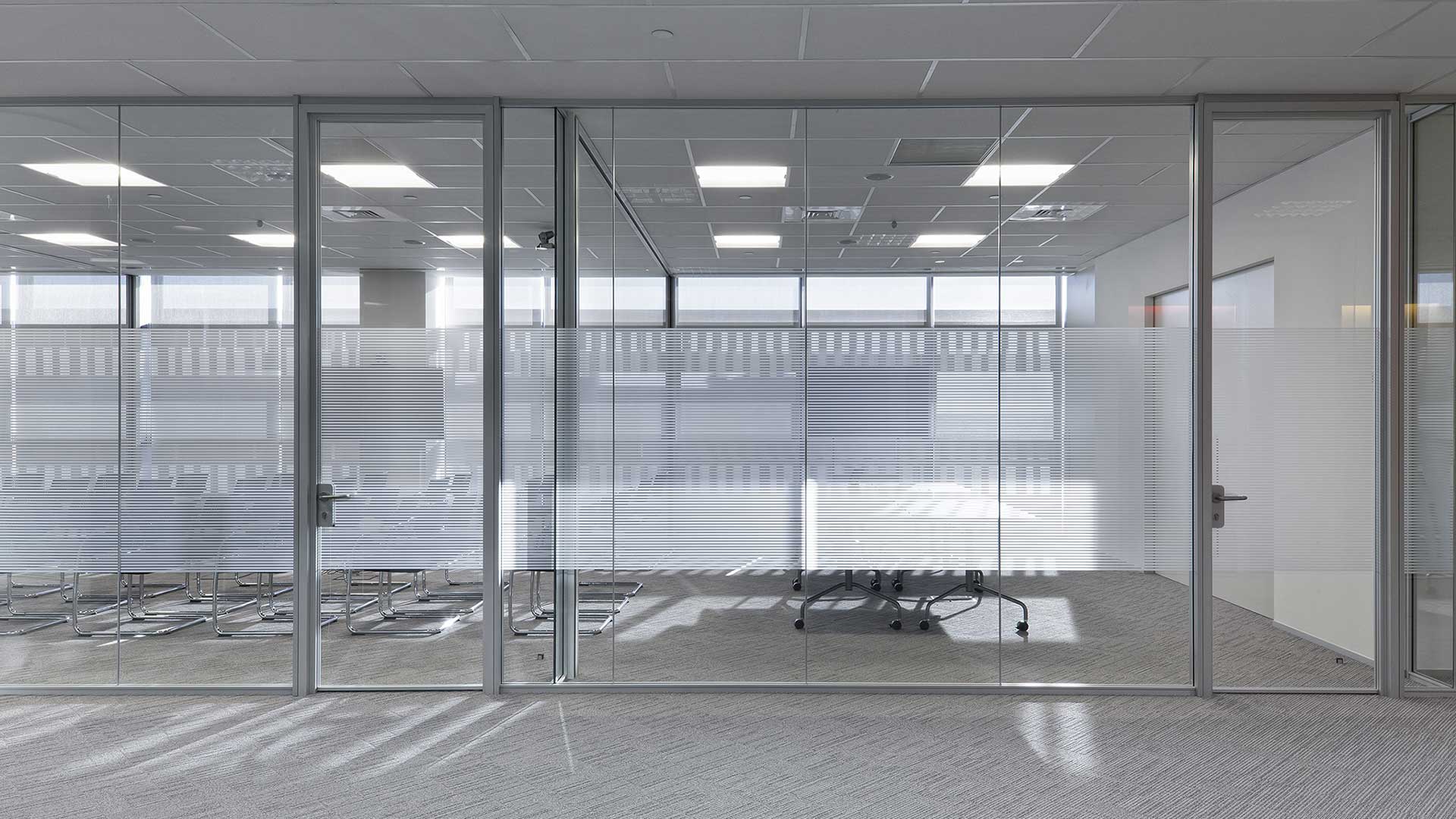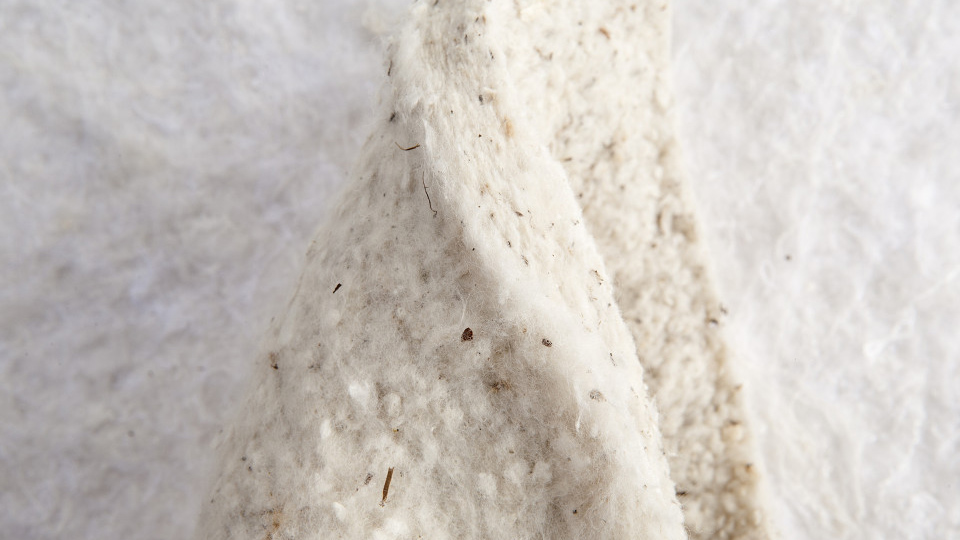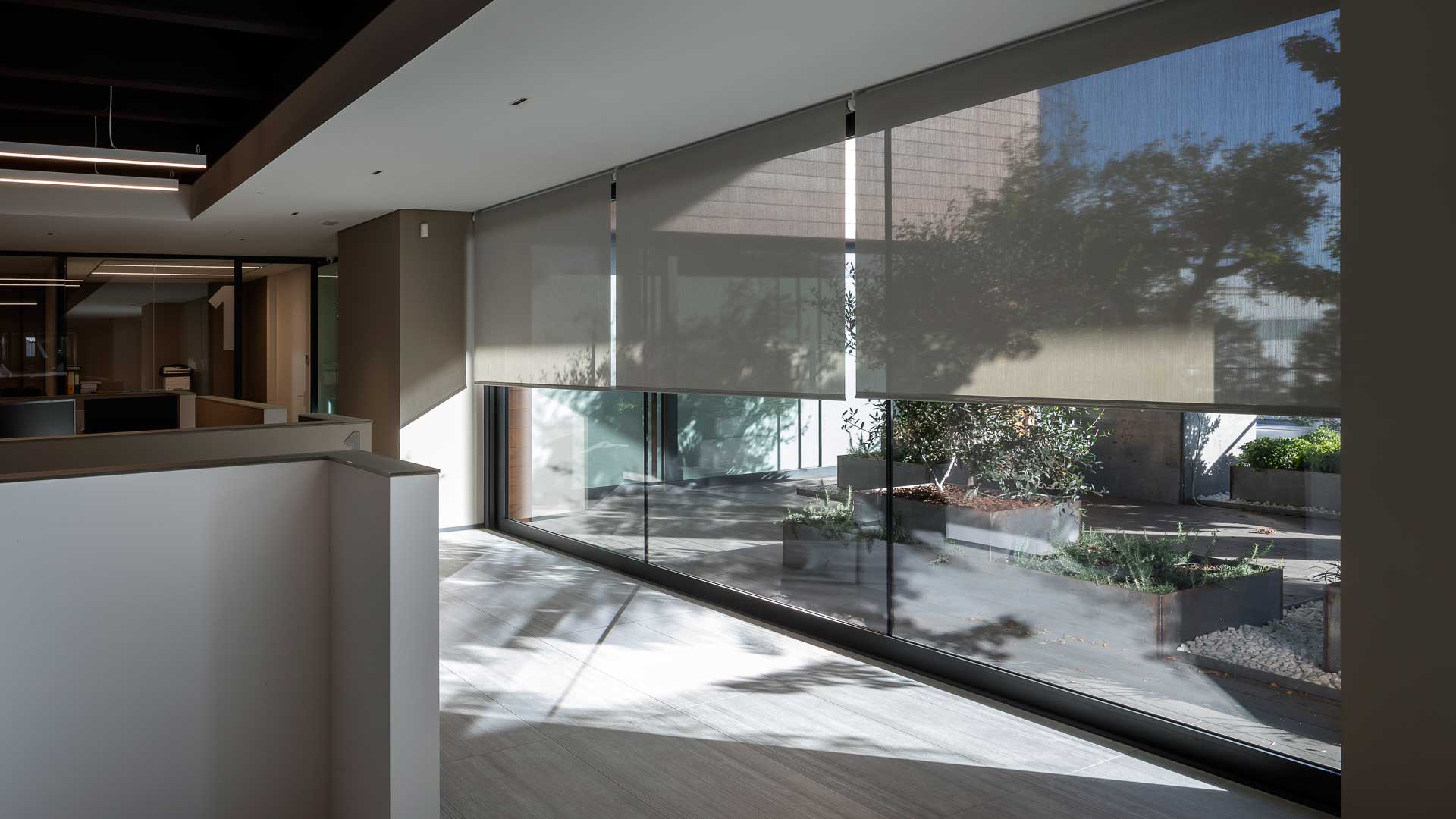Acoustics, visual privacy and natural lighting are not the only aspects to consider when designing a workspace. Microclimates play an equally important role inside the office and as they define the quality of air, temperature and humidity inside various spaces throughout your working area
Have you ever heard of an offices’ microclimate? It’s likely you have as the attention towards workers’ wellbeing has rapidly grown over the previous years, favoring a newer design approach centered around workers’ health.
What is the office microclimate?
The Ministry of Health defines it as: “An ensemble of environmental parameters such as temperature, humidity and air that affects the heat exchange between humans and the given space. Together with indoor air pollution, these aspects directly affect the quality of the environments in which people live and work, and consequently workers’ wellbeing. Thermal comfort can be achieved when all these elements are balanced which is a necessary step to ensuring the physical wellbeing of individuals inhabiting the space”.
Office microclimate is simply a group of environmental parameters working together to regulate a human bodies thermal output, a biological mechanism responsible for the human bodies thermal exchange between others and their immediate environments which can feel pleasant when internal office temperatures, humidity and air quality are kept between specified ranges.
The air quality inside the space

Air quality is responsible for a significant portion of an offices’ microclimate. Of course, the health risks regarding indoor pollution are no joke and require important consideration, more so than outdoor pollution as individuals typically spend a majority of their day indoors. In fact, its reported that people spend 80% of their lives inside closed spaces and are constantly exposed to high concentrations of polluting substances.
Fungus, molds, dusts, VOC, radon, lead and formaldehyde are a few of the dangerous substances found inside closed spaces people inhabit. The last mentioned being the most common and can be found on the list of carcinogens dangerous to humans. It is present in many glues, varnishes and building materials and slowly gets released into the air as a gas/vapor over time. When choosing furniture for the office, especially partially composed of plywood, formaldehyde levels must be taken into consideration and measured to ensure safety.
Well-designed air systems are necessary to constantly expel VOC (Volatile Organic Compound) substances and guarantee a healthy exchange of air. Opening doors and windows is not a sustainable solution as ventilation systems are typically designed to maintain internal temperatures and air quality while opening doors and windows can significantly alter these parameters.
Thermal insulation determines a positive or negative microclimate in the office

There are a variety of materials able to insulate interior environments and the exterior walls of a building. For proper regulation of sound inside a space, both indoor and outdoor elements need to be considered. Acoustic and thermal values can be effectively managed together by using sound dampening furniture and partitioning walls.
Each of these elements can be insulated by materials with varying thermal properties, changing according to their density and material structure. These elements can also form effective barriers between hot and cold atmospheres.

Rock wool is a commonly used insulation material due to its long-term durability and lack of harmful chemical leaching: when used inside internal cavities it is classified as a non-dangerous material to humans. Ceiling panels can also be utilized as thermal/acoustic insulating elements, especially when produced in polyester (resistant to bacteria and fungus) and treated with anti-pilling and various other substances. Even flooring can aid in the attainment of thermal wellbeing when treated with insulants such as mineral felt added to a thermoset resin or using elevated structures with a core composed of calcium silicate and high-density anhydrous calcium sulfate.
Curtains are also effective in managing microclimates

Curtains can be an important thermal insulant that block UV wavelengths from intruding in on the space, especially for offices with numerous glass walls and high-percentages of natural light penetration. When produced with microprinted textures, they can dissipate heat and improve the liveliness around the office. This product can also reduce the negative effects of solar reflectivity, eliminating PC monitor glare and allowing employees to better focus on their work.
As you can surmise, office microclimates are important, especially in the temperate months, when poor management of heat and humidity levels can cause productivity to suffer. Intelligent layout and design are the first steps to improving the workspace and enhancing overall performance.
